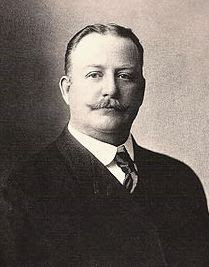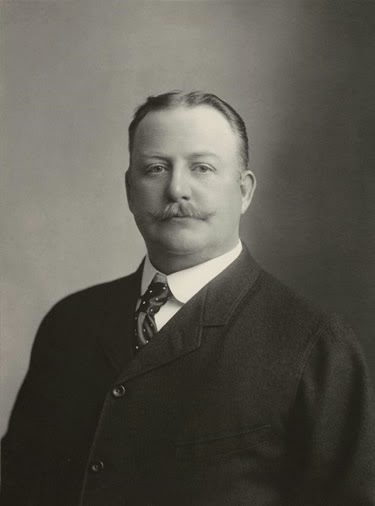

He left Yale in 1879 to tend to his ailing father who had tuberculosis. Though he was not a star player, his participation on the strong Yale football team was a great source of pride for Remington and his family. He preferred action drawing and his first published illustration was a cartoon of a “bandaged football player” for the student newspaper Yale Courant. However, he found that football and boxing were more interesting than the formal art training, particularly drawing from casts and still life objects. Remington attended the art school at Yale University, the only male in the freshman year. He imagined a career for himself as a journalist, with art as a sideline. I have but one short life and do not aspire to wealth or fame in a degree which could only be obtained by an extraordinary effort on my part”. At sixteen, he wrote to his uncle of his modest ambitions, “I never intend to do any great amount of labor. He enjoyed making caricatures and silhouettes of his classmates. He then transferred to another military school where his classmates found the young Remington to be a pleasant fellow, a bit careless and lazy, good-humored, and generous of spirit, but definitely not soldier material. Remington took his first drawing lessons at the Institute.

The family moved to Ogdensburg, New York when Remington was eleven and he attended Vermont Episcopal Institute, a church-run military school, where his father hoped discipline would rein in his son’s lack of focus, and perhaps lead to a military career. He began to make drawings and sketches of soldiers and cowboys at an early age.

He was a poor student, though, particularly in math, which did not bode well for his father’s ambitions for his son to attend West Point. He was an active child, large and strong for his age, who loved to hunt, swim, ride, and go camping. Remington was the only child of the marriage, and received constant attention and approval. After the war, he moved his family to Bloomington, Illinois for a brief time and was appointed editor of the Bloomington Republican, but the family returned to Canton in 1867. Bascom.Ĭolonel Remington was away at war during most of the first four years of his son’s life. Frederic Remington was related by family bloodlines to Indian portrait artist George Catlin and cowboy sculptor Earl W. One of Remington’s great grandfathers, Samuel Bascom, was a saddle maker by trade, and the Remingtons were fine horsemen. He was a newspaper editor and postmaster, and the family was active in local politics and staunchly Republican. Remington’s father was a colonel in the Civil War whose family arrived in the United States from England in 1637. Remington was born in Canton, New York in 1861 to Seth Pierre Remington (1830–1880) and Clara Bascomb Sackrider, whose paternal family owned hardware stores and emigrated from Alsace-Lorraine in the early 18th century. Some of the Miles paintings are monochromatic and have an almost “you-are-there” photographic quality, heightening the realism, as in The Parley (1898). He reported the event as "The Sioux Outbreak in South Dakota", having hailed the Army’s "heroic" actions toward the Indians. Remington arrived on the scene just after the 1890 massacre at Wounded Knee, South Dakota, in which more than three hundred Sioux, mostly women and children, were slaughtered. Men get sulky and go into a comatose state - the fine alkali dust penetrates everything but the canteens." Remington wrote that the "heat was awful and the dust rose in clouds. Another painting that year depicts cavalrymen in an Arizona sandstorm. One of his 1889 paintings depicts eight cavalrymen shooting at Apaches in the rear as they attempt to outrun the Indians. In turn, Remington got exclusive access to the soldiers and their stories and boosted his reputation with the reading public as “The Soldier Artist”. He was invited out West to make their portraits in the field and to gain them national publicity through Remington’s articles and illustrations for Harper's Weekly, particularly General Nelson Miles, an Indian fighter who aspired to the presidency of the United States. Remington’s fame made him a favorite of the Western Army officers fighting the last Indian battles. Frederic Sackrider Remington (Octo– December 26, 1909) was an American painter, illustrator, sculptor, and writer who specialized in depictions of the Old American West, specifically concentrating on the last quarter of the 19th century American West and images of cowboys, American Indians, and the U.S.


 0 kommentar(er)
0 kommentar(er)
